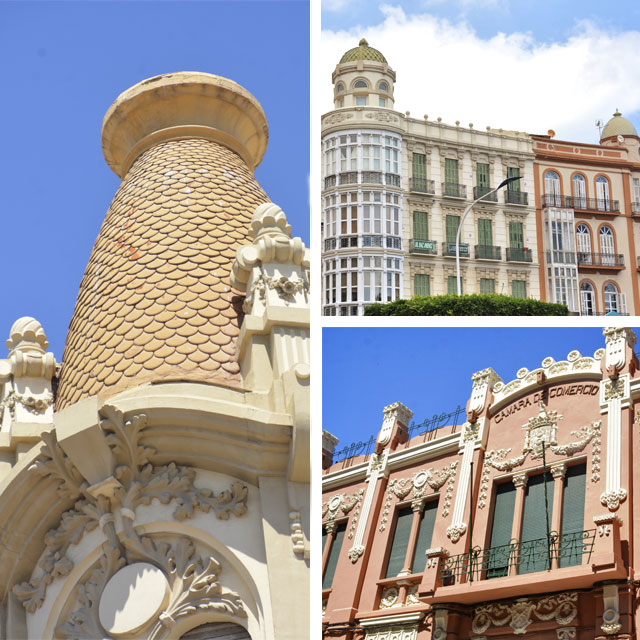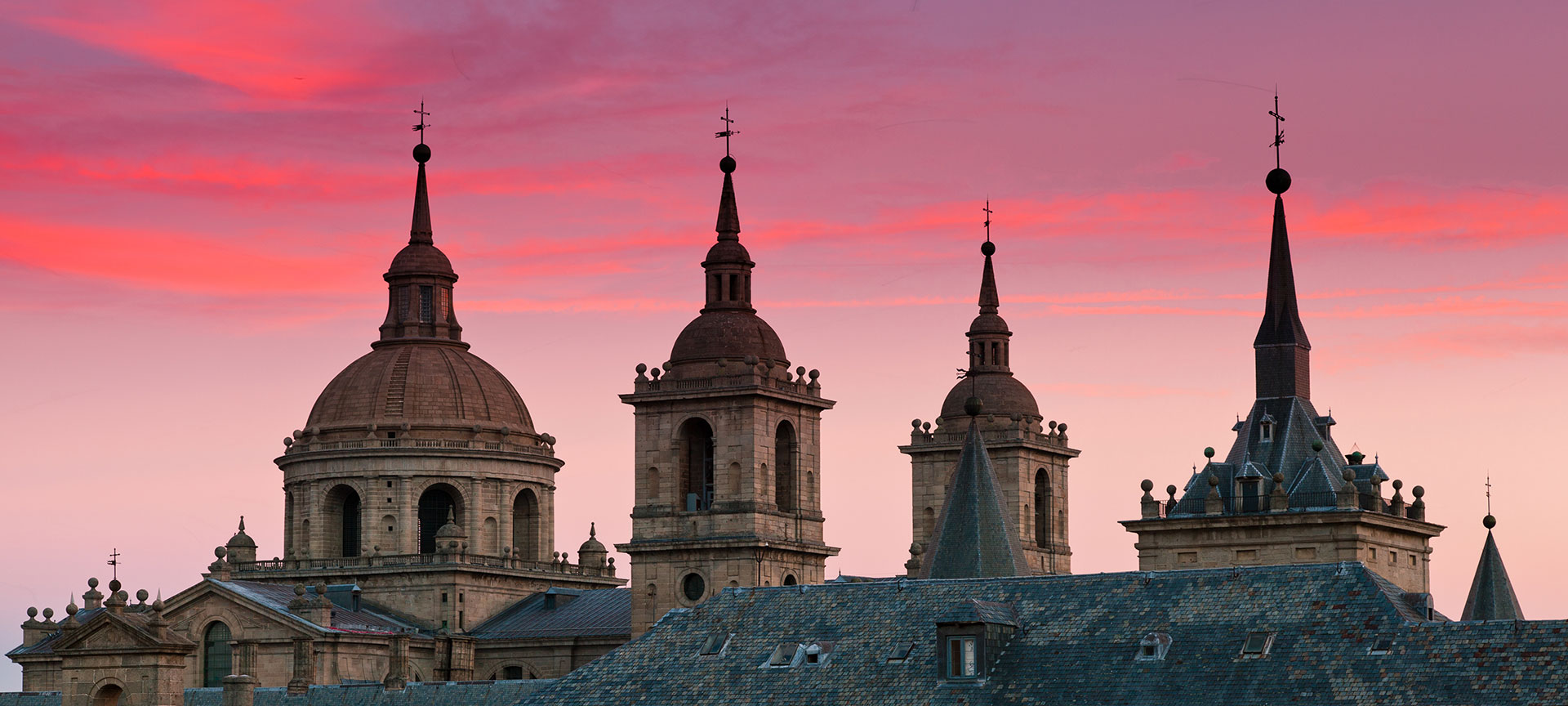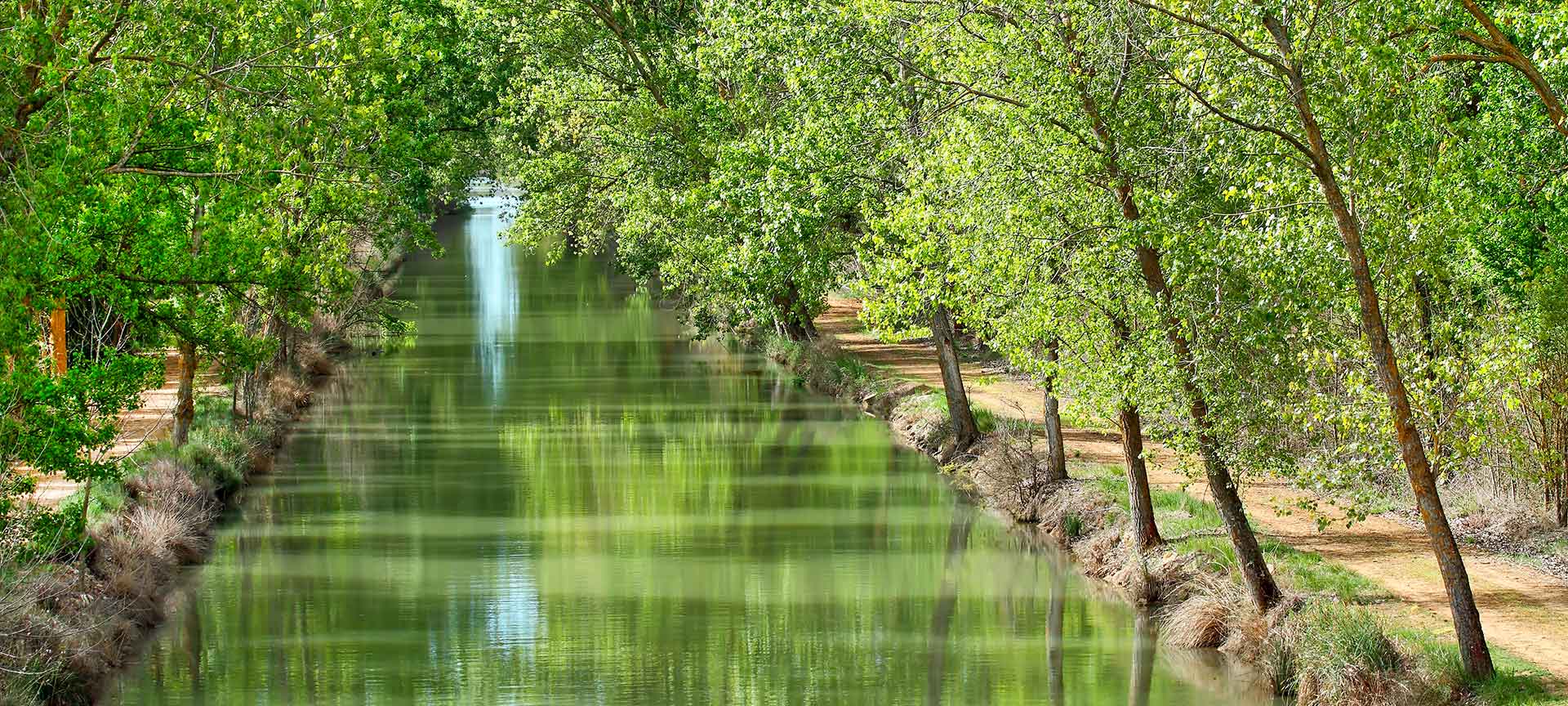Art Nouveau Melilla
Melilla is the Spanish city with the most Art Nouveau and Art Deco buildings after Barcelona. You can see hundreds of examples on the streets, elegant façades appearing one after another, with curved forms, floral and plant motifs, wrought iron and stained glass. The origin of this rich heritage was the architect Enrique Nieto, a student of Gaudí, who revolutionised the city’s architecture when he introduced this style in the early 20th century.








